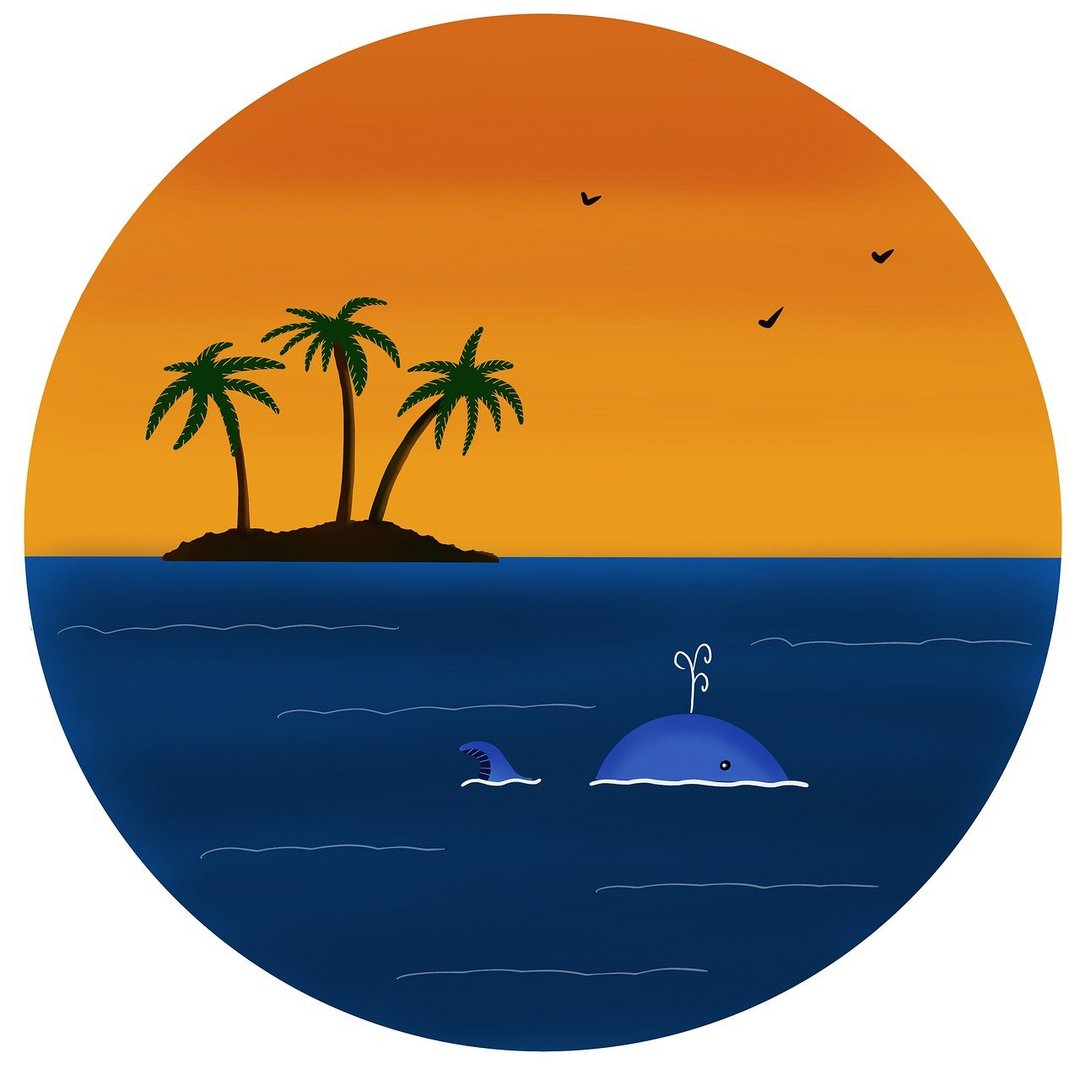Budget airlines Ryanair and EasyJet are both predicting a boom in summer travel this year.
But the “jury is still out,” say travel industry analysts at ING.
Full recovery for the aviation sector will take several years, probably until 2024-2025, analysts at ING forecast in a report released on Wednesday.
Structural changes in consumer and business travel behaviour will continue to dog the sector, even after the vaccine rollout releases pent up demand, the report said.
“As commuter behaviour is expected to show structural changes and business travel will lag, volumes in public transport and passenger aviation are expected to remain well below 2019 levels even after economies fully re-open, the report explains.
“The roll-out of vaccinations will help the sector restart in the second half of 2021. As most leisure travel demand remains on standby, we expect it to return as soon as restrictions are eased and travelling becomes safe again. Revenue passenger kilometres (RPK’s) is expected to start rebounding this year and might end up at an average of 40 to 50 per cent of pre-pandemic levels in 2021.
Business travel is likely to return at a much slower pace as digital meetings, conferences and remote working will continue for some time. This means demand for business seats will continue to lag affecting profitability.
A ‘less-steep growth path
There is consensus among industry sources like IATA, Airbus and airport operators that a full recovery of sector volume is expected to take until 2024-2025, the report continues.
“Nevertheless, the general assumption is volume will ultimately return to its growth path in the long run, although the path will most likely be less steep than before. Boeing expects an average annual revenue passenger kilometre (RPK) growth rate of 4 per cent for 2020-2040, driven by strong growth from Asia, which is already the largest airline market.
Domestic traffic in large countries like Russia and China is ahead of the curve as domestic travelling is easier particularly in China which has so far escaped a second wave. Due to ongoing capacity shortages and a positive outlook, air cargo is no longer an overlooked niche. Instead, it is expected to be a continued bright spot in 2021, with new players building up positions in the market.
This is reflected in operational results of continental active (low-cost carrier) airlines (e.g. Southwest Airlines, EasyJet) At least in the first half of 2021 this pattern is expected to last. Besides that we expect that leisure travelling and visiting friends and family (two-thirds of passenger volume at larger international airports in the EU) will be the first to recover when vaccination rates increase, and restrictions are eased, the report shows.
Higher fuel costs expected in 2021
Despite restructuring plans, government support and job cuts, airlines continue to burn cash and cost pressure remains high, given the recovery is delayed, the report notes.
“In 2020 falling fuel prices provided some relief, but since then oil prices have rebounded significantly from the lows seen in the second half of 2020. We expect ongoing upward pressure on oil prices throughout 2021 which will result in higher kerosene prices, trading over 40 per cent higher than last years’ average by the end of February.
As airlines normally spend roughly 15-to-30 per cent of their total expenses on jet fuel, this has a substantial cost impact. To manage fuel price risks, some airlines hedge fuel prices both completely and partially, but this only partly compensates for fuel price rises, the report says.






Click here to change your cookie preferences